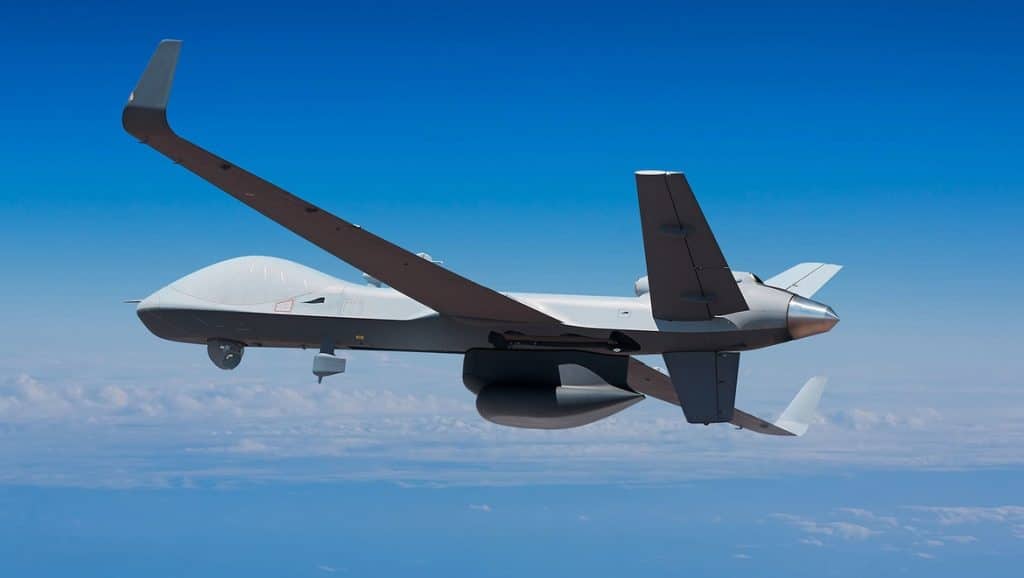
The US State Department has sanctioned the sale of four “weapons-ready” MQ-9 SeaGuardian drones to Taiwan.
The move is likely to be controversial given the country’s notoriously hostile relationship with China.
“This proposed sale serves US national, economic, and security interests by supporting the recipient’s continuing efforts to modernise its armed forces and to maintain a credible defensive capability,” the US department said in a statement.
“The proposed sale will help improve the security of the recipient and assist in maintaining political stability, military balance, economic and progress in the region.”
The US$600 million deal will include the drones, manufactured by Californian-based General Atomic Aeronautical System, alongside ground stations and training.
The move has been made possible after US policy changed to allow a loosening of policy surrounding selling more secretive drone technology.
The Taiwan defence ministry said, “This arms sale is the seventh by the Trump administration to Taiwan so far, fully demonstrating the importance attached to our national defence security, consolidating our security partnership with the United States, and jointly maintaining peace and stability in the Taiwan Strait and the region.”
World of Aviation also reported on Wednesday how the US Air Force has awarded Lockheed Martin a US$25 million contract to turn huge cargo planes such as the C-17 Globemaster and C-130J Super Hercules into aircraft that can fire air-to-surface missiles.
Officials hope the so-called Palletized Munitions Experimentation Campaign will enable warfighters to launch offensive operations from a greater number of airfields and engage a larger number of near-peer adversarial targets.
Scott Callaway, Lockheed Martin Advanced Strike Systems director, explained, “The US Air Force Research Laboratory (AFRL) contracting and Strategic Development Planning and Experimentation (SDPE) offices, and Lockheed Martin teams established this new contract in a record time of 30 days, supporting faster prototyping and a shorter timeline to bring this advanced capability to the warfighter in the field.”












